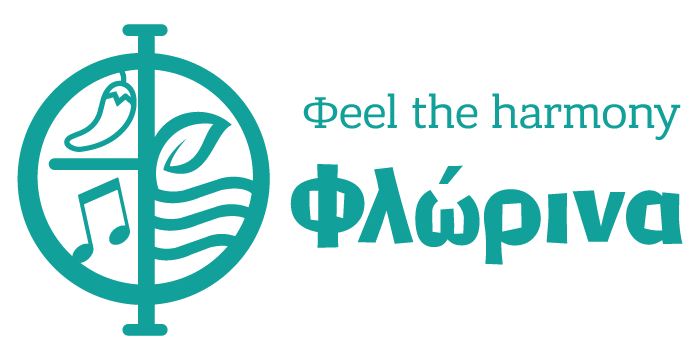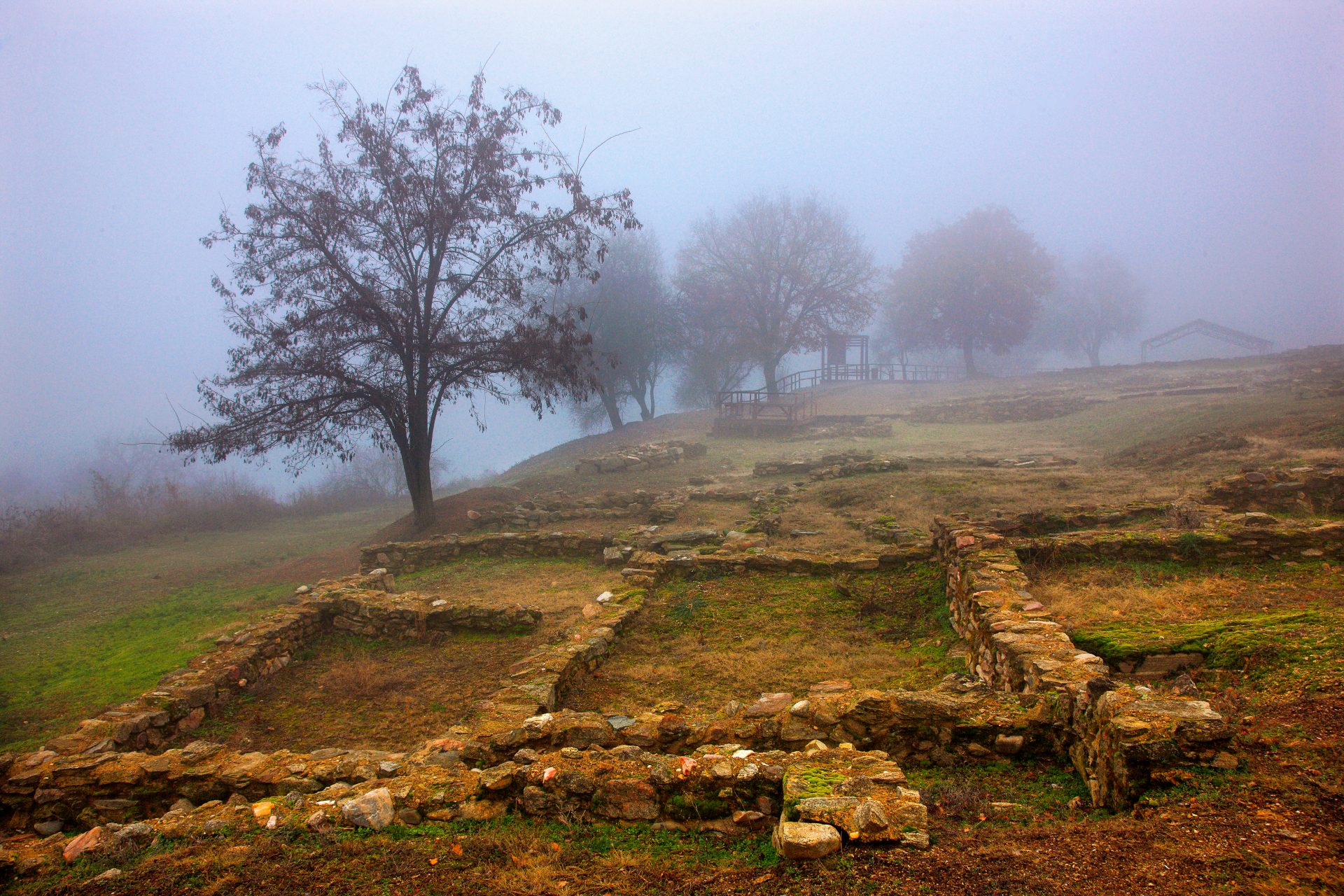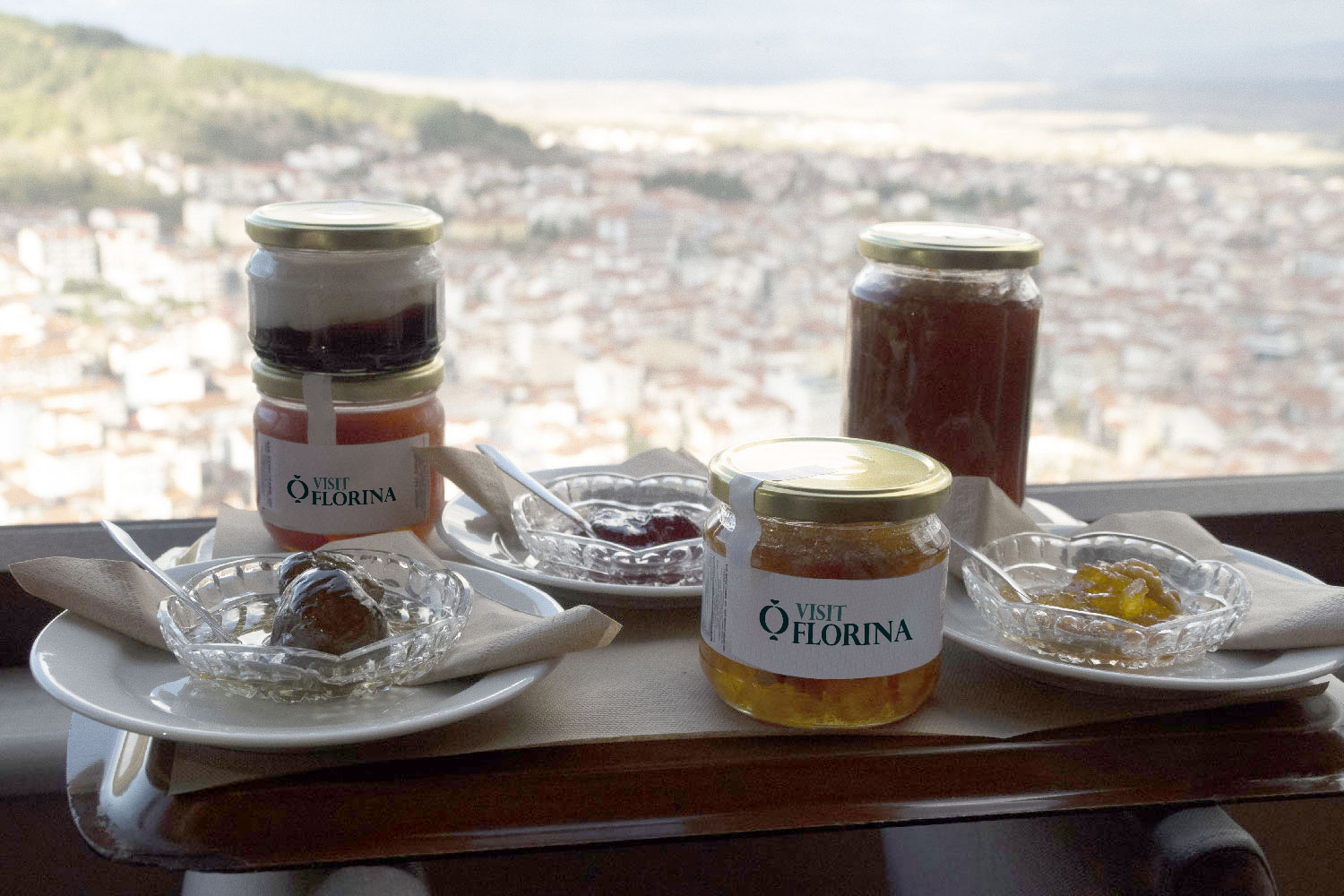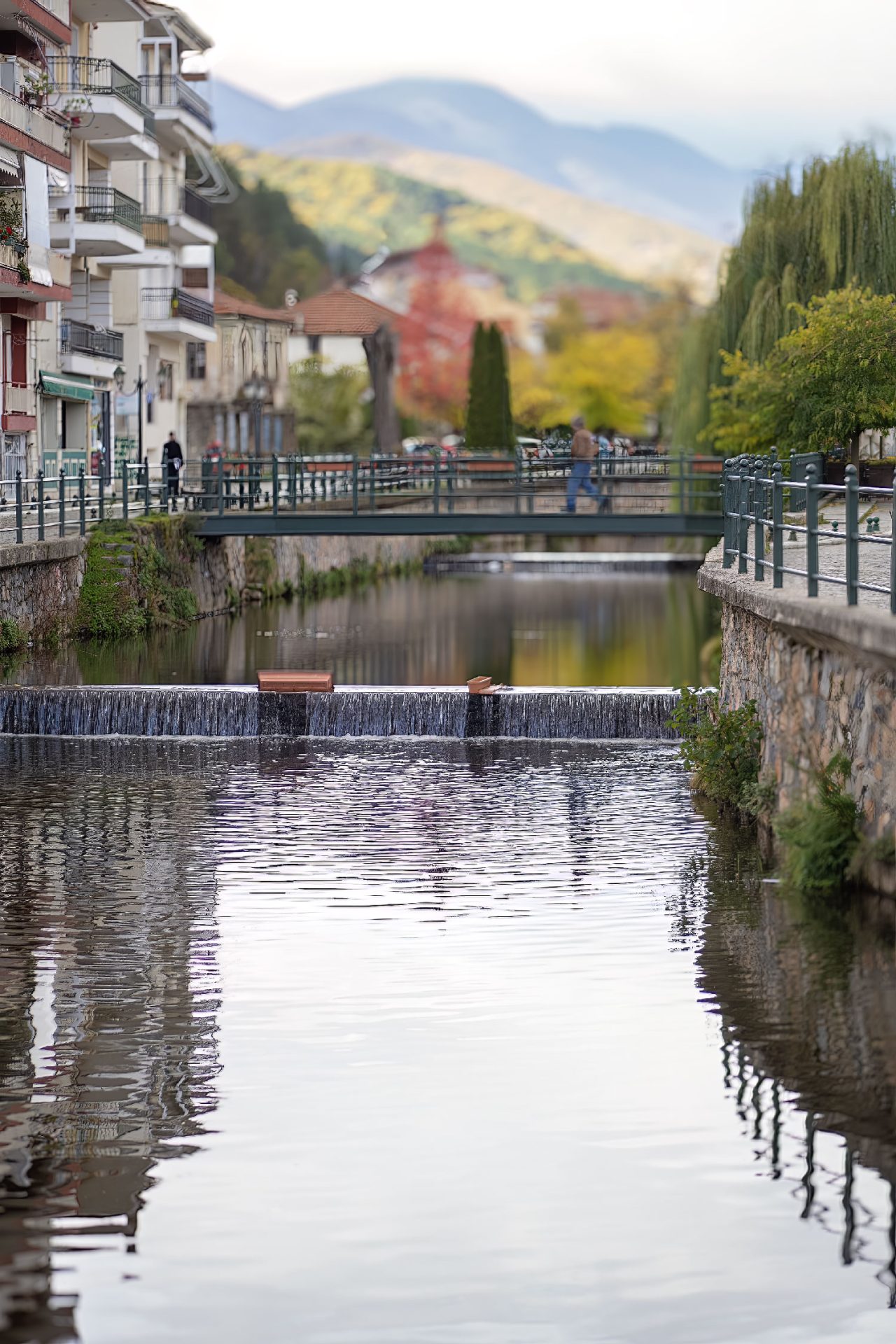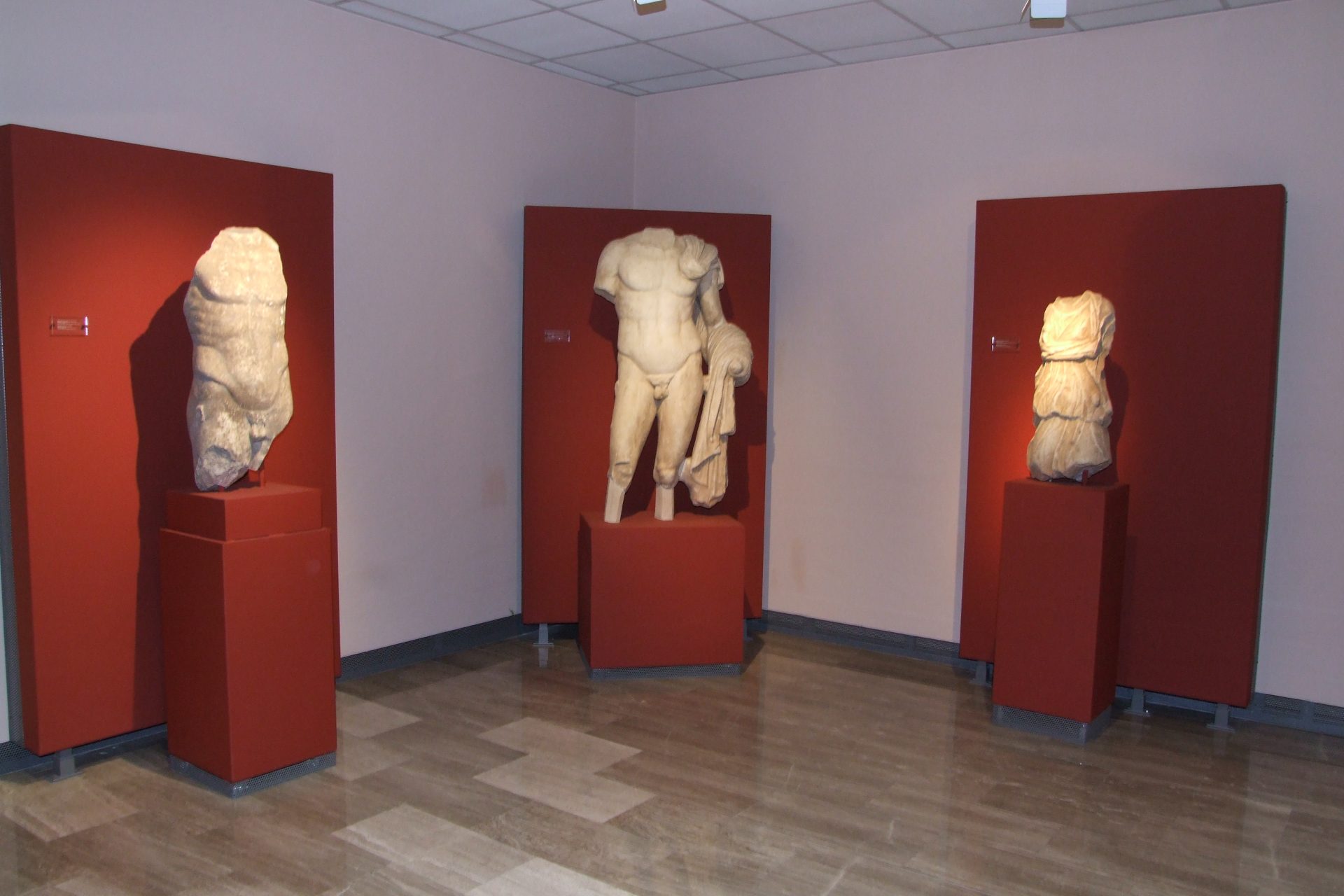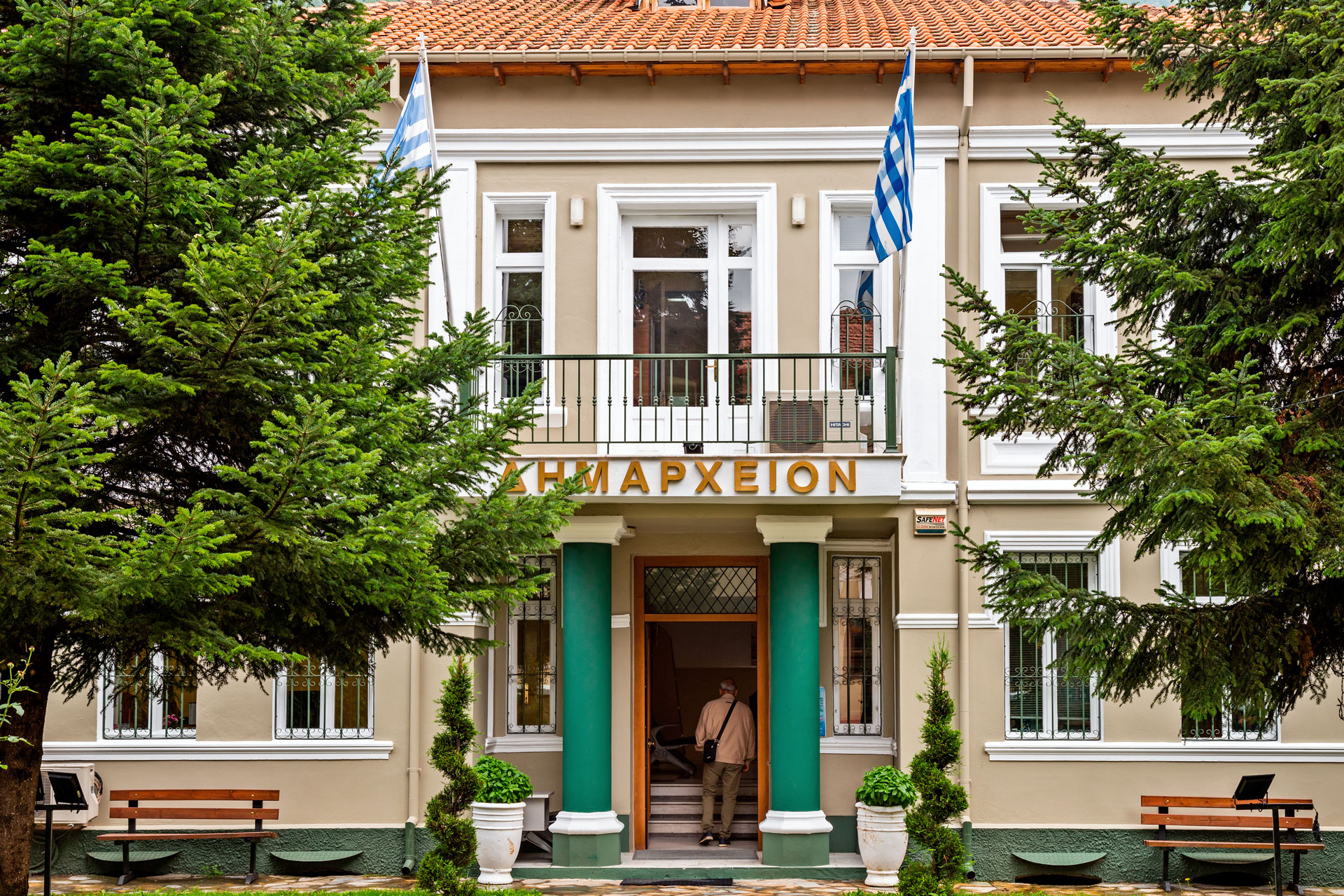
Identity of the Municipality of Florina
Florina is a welcoming city with modern hotels and guesthouses providing all comforts to visitors. In the taverns, tsipouro and meze shops of the area, everyone can try unforgettable flavors and wonderful wines and tsipouro. In the city center there are cafes, bars, clubs and entertainment centers with live music. In Florina, the modern way of life alternates with the tranquility of romance and the city’s landscape, creating an image of contrasts that enchants those who visit it.
Geographical location – Area – Population
The city with a population of 14,873 inhabitants and an area of 150,634 acres, is the capital of the Prefecture of the same name and is part of the Region of Western Macedonia. Florina is 159 km from Thessaloniki, 571 km from Athens and is the northwestern border of Greece. It borders with three prefectures of Kozani, Pella.
Sights
Visitors can get to know the history of the place, through a tour of the archaeological site of the Hellenistic City of Florina as well as the city’s museums, the Archaeological and Byzantine which are housed together, the Folklore Museum and the Museum of Contemporary Art. The Art Gallery of Florina also operates where one can admire the works of Florinian artists.
A characteristic landscape of the city is the hill of Agios Panteleimonas, which is a favorite starting point for hikers, as it has rich vegetation and enchanting paths through the forest, also offering a wonderful view to those who reach its top. On the hill there are restaurants and refreshments, as well as the archaeological site where visitors can admire the Hellenistic City of Florina, which dates back to the 4th century BC. At the top of the hill is the thirty-meter high Cross which is illuminated at night and gives the observer the feeling that it is floating in the sky.
The natural beauties of Florina are a magnet for visitors. The mountains and the intense vegetation that surrounds it, the river and its neoclassical buildings, give the visitor’s eye an infinite palette of colors, while each season gives a different aspect to the city, which not even the best painter could capture in paintings. The seasons are strongly distinct in Florina, especially winter, as very low temperatures and heavy snowfalls are noted.
Customs-Events
The most important customs and events in Florina are the impressive Christmas Fires that are lit every year on December 23 at midnight, in every neighborhood of the city, offering plenty of wine and food, while local traditional bands accompany the dancing of visitors and residents until in the morning, everyone making the city a company. Also, every year in the first ten days of August, the Cultural August of Florina is organized, with a multitude of cultural events including dance groups, musical evenings with a multitude of singers, theatrical performances, painting and book exhibitions, etc. The island of Agios Achillios in Prespes has been the center of “Prespeia” events for years, with important concerts attended by visitors from all over Greece. “Prespeia” takes place every year in the last ten days of August.
Tours
The organized ski center of Vigla – Pisoderio is located 19 km from the city and is a favorite meeting point for snow and nature lovers, with visitors from all over the country. In the same direction and at a distance of 45 km is the National Park of Prespa, one of the most famous tourist destinations in Greece, an area of outstanding natural beauty and world-renowned for the rare flora and fauna it hosts.
Climate – Crops
The climate is continental with cold winters, lots of rain and snowfall, as it is influenced by the city’s geographical location, altitude, large mountain ranges and the presence of lakes in the area. The average annual temperature is 12.1 degrees C. The area is mainly agricultural and livestock, while the main products produced are: cereals, beans, strawberries, apples, pears, peppers, tomatoes, grapes, etc. Excellent quality meat and dairy products are also produced, while in the forest products sector, timber and firewood.
Architecture – Arts
In terms of architecture, the city has characteristic examples of past centuries, neoclassical and Macedonian architecture, influenced by elements of local culture, while many of its buildings date back to the era of Turkish rule. The neoclassical buildings, mansions of Florina, next to the banks of the river Sakuleva which crosses the city, impress the visitors and are a source of inspiration for artists, painters, photographers and directors, as the enchanting landscape of the city was the setting for 3 films by Theodoros Angelopoulos “Landscape in the fog”, “The Beekeeper” and “The meteoric step of the stork”. Along the river Sakuleva there are workshops of local artists. There are many Florinian artists, whose works have become known not only in Greece, but also abroad, among them painters, sculptors, etc.
Culture, letters and the arts are an important part of the history of the place, as the Pedagogical Academy has been operating since 1941, while today it is a Pedagogical School for Teachers, Kindergarten Teachers and the Department of Balkan Studies of the University of Athens. The Department of Visual and Applied Arts of the University of Western Macedonia operates in Florina, as well as the School of Agricultural Technology, a branch of T.E.I. of Western Macedonia, with three departments a) animal production b) plant production and c) marketing and quality control of agricultural products. The Open University of the Municipality of Florina also operates, which is now an institution in the local community, with a large number of participants. Cultural associations with a long history are also active in the city, such as the F.S.F. “Aristotelis” which was founded in 1941, the “Stegi Filotechnon Florina”, the “Culture Club of Florina”, the “Society of Letters and Arts” etc.
SOURCE: https://cityoflorina.gr
